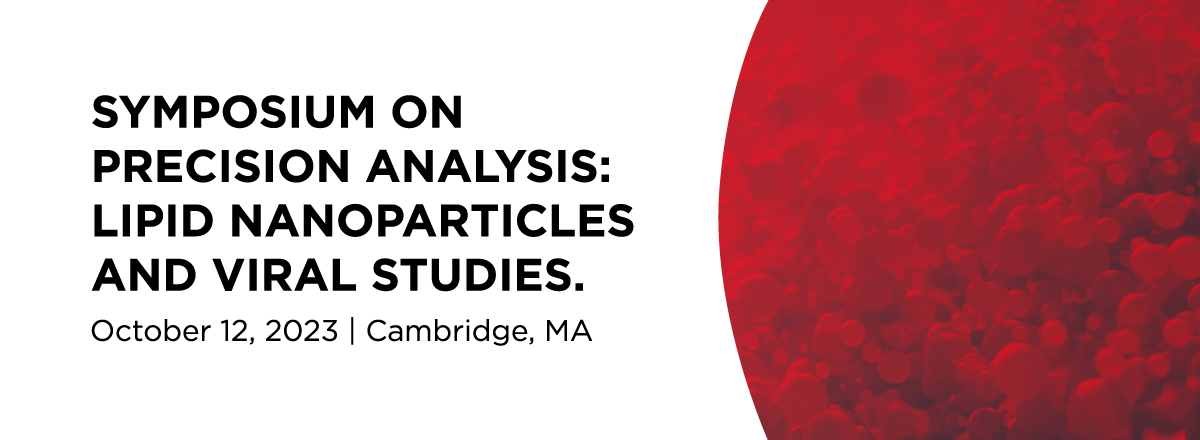Dr. Amy Henrickson:
Amy Henrickson is the manager of the Canadian Center for Hydrodynamics at the University of Lethbridge. She successfully defended her Ph.D. in the laboratory of Prof. Borries Demeler and is an expert in analytical ultracentrifugation (AUC) and a Canada 150 Chair in Biophysics. She is the recipient of multiple scholarships and grants, and her research has been recognized with the prestigious NSERC CGS-D and CGS-M award. Her research targets the development of AUC methods, with a special focus on the characterization of gene therapy products. She is known for her groundbreaking hydrodynamic developments that apply multiwavelength AUC, D2O density matching, and analytical buoyant density equilibrium (ABDE) methods to quantify cargo loading for viral vectors, including AAVs, and LNPs. Her contributions also include the application of these innovative strategies to systems outside of gene therapy drugs, with an emphasis on the characterization of complex biopolymer interactions, including protein-nucleic acid and RNA-RNA interactions, in a large range of biomedical research projects.
Dr. Akash Bhattacharya:
Akash Bhattacharya graduated from Presidency College, India with a major in Physics and went on to a Master’s in Physics at the Indian Institute of Science where he worked on Quantum Computing. He then moved for doctoral studies in Biophysics to the University of Michigan, Ann Arbor where he joined the lab of Prof. Erik Zuiderweg and worked on NMR spectroscopy methods development in the context of the Structural Biology of Chaperone Proteins. After Michigan, he worked briefly at Rutgers and then eventually moved to the Dept. of Biochemistry and Structural Biology at the University of Texas Health at San Antonio. Here, he worked with Prof. Dmitri Ivanov and Prof. Borries Demeler on the enzymology of HIV infection and restriction by mammalian proteins. He also worked on projects related to oncology (DNA damage repair) and neuroscience (voltage gated ion channels), using a wide variety of techniques ranging from X-ray crystallography, NMR spectroscopy, fluorescence spectroscopy, molecular dynamics and analytical ultracentrifugation (AUC). He collaborated with Prof. Demeler to extend AUC methods to novel enzymatic systems resulting in publications in PNAS, Cell Reports, Nature Scientific Reports, etc. Akash joined Beckman Coulter Life Sciences in Oct 2018. He is based in the Colorado R&D centre and works on developing new AUC applications. His research interests include extending AUC methodology to new therapeutic areas such as AAV capsids (gene therapy), liposomal drug carriers and others.
